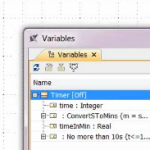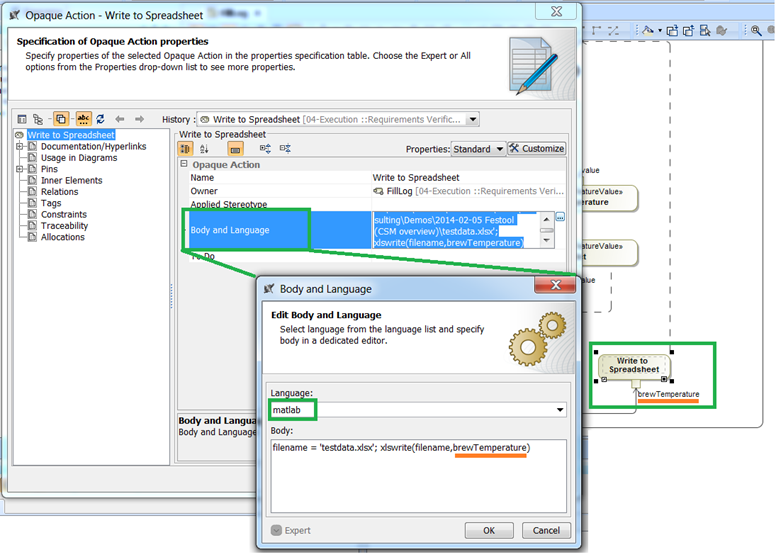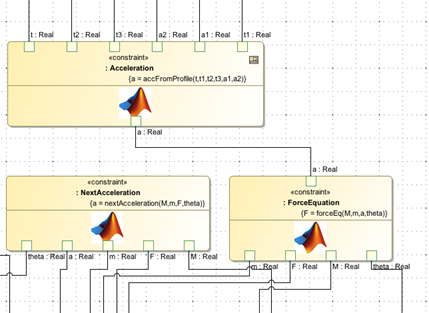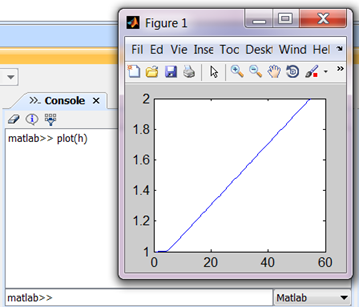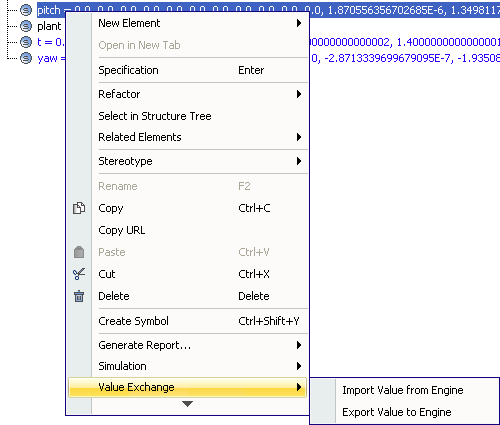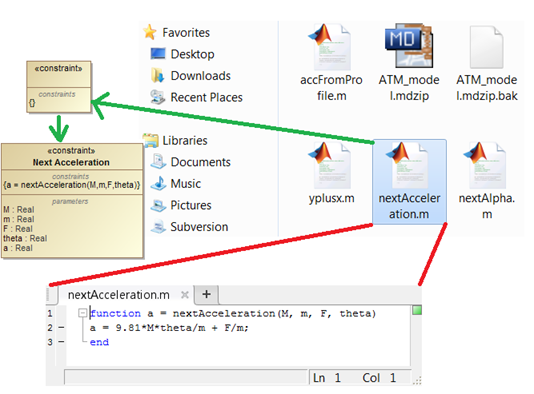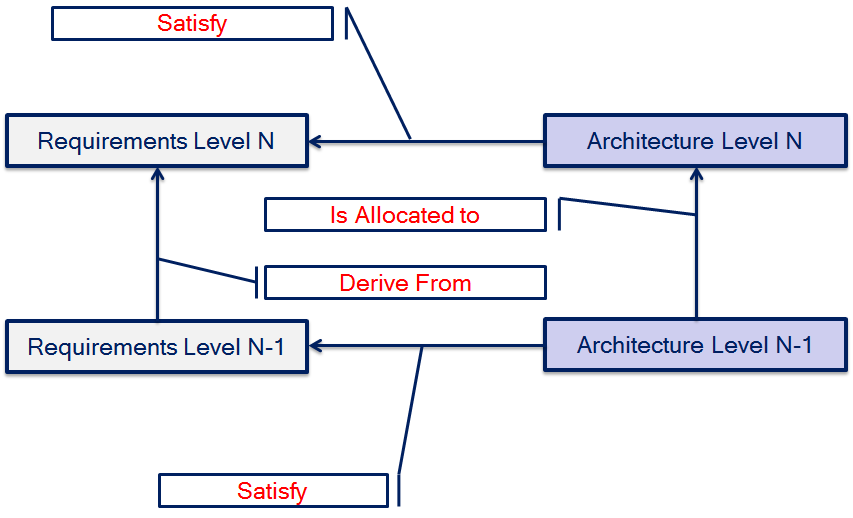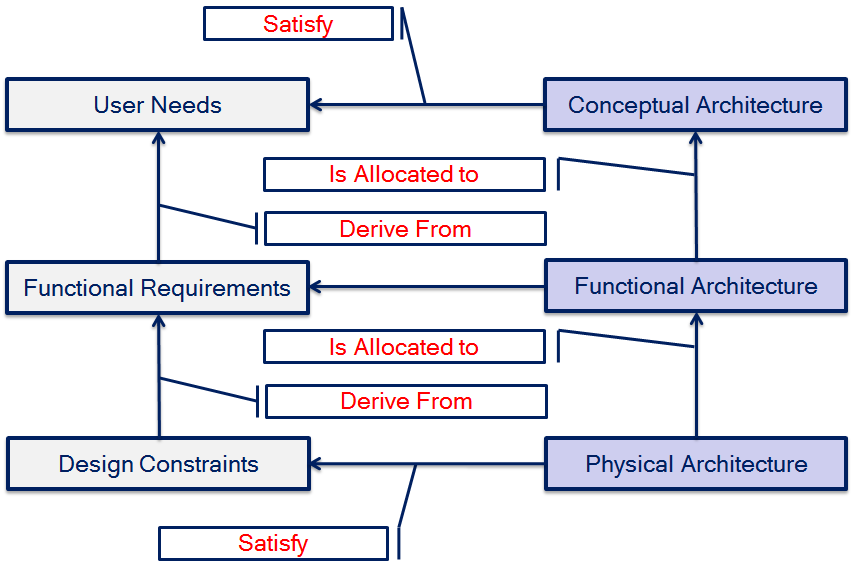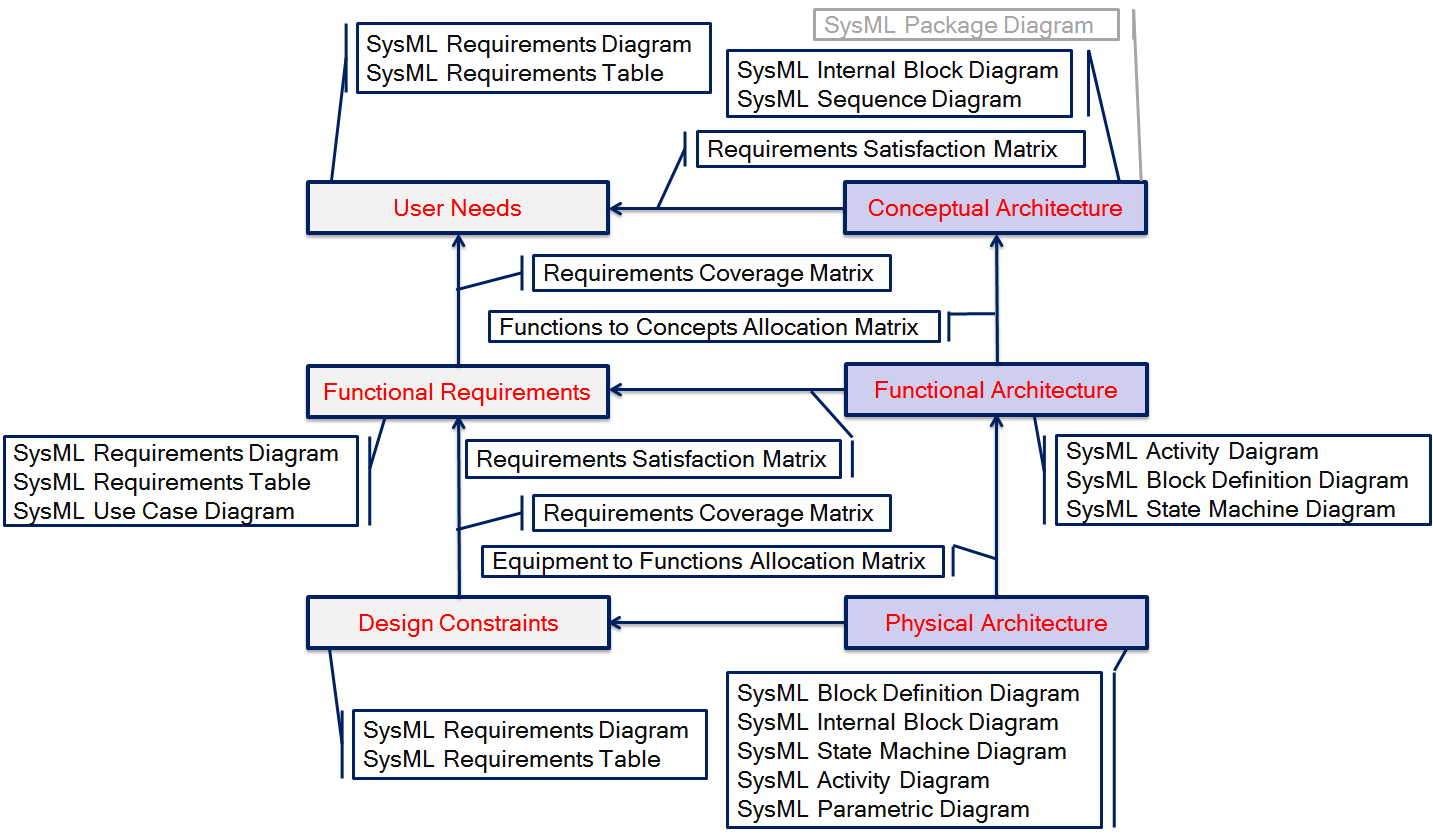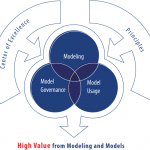
 A wind of changes blew two weeks ago in the OMG meeting in Reston deciding the future of Unified Profile for DoDAF and MODAF (UPDM). There were a lot of talks about OMG taking over DoDAF and renaming it to UAF; however that is not exactly the truth. DoDAF is here and OMG is not going to change it. A brand new UAF is a new framework 100% compatible with DoDAF, MODAF, NAF etc. What does it mean? You remember the Zachman framework? It is similar. It is an abstract framework supporting all the more specific frameworks mentioned above and at the same time providing a configurable platform to build industrial enterprise architectures. Platform means all of it: viewpoints, aspects, meta-model, and profile (UAFP).
A wind of changes blew two weeks ago in the OMG meeting in Reston deciding the future of Unified Profile for DoDAF and MODAF (UPDM). There were a lot of talks about OMG taking over DoDAF and renaming it to UAF; however that is not exactly the truth. DoDAF is here and OMG is not going to change it. A brand new UAF is a new framework 100% compatible with DoDAF, MODAF, NAF etc. What does it mean? You remember the Zachman framework? It is similar. It is an abstract framework supporting all the more specific frameworks mentioned above and at the same time providing a configurable platform to build industrial enterprise architectures. Platform means all of it: viewpoints, aspects, meta-model, and profile (UAFP).
So let me introduce what actually happened during the week in Reston.
MBSE and UAF information day
It all started from the special event called “MBSE and UAF information day”. This is the event organized by the OMG UPDM working group with the help of the OMG guys. There was a lot in the press regarding it, e.g. finance.yahoo.com, www.businesswire.com, www.reuters.com, etc. Just look for “MBSE and UAF information day.” The official site for the event is: http://www.omg.org/news/meetings/tc/va-15/special-events/UAF_MBSE_Day.htm.
Basically it had two major goals:
- Introduce defense people to UPDM, its adoption and future needs.
- Get support from DoD to continue our work towards UAF
Rory Kinney, Director for Architecture and Engineering, gave the keynote; his support for UAFP is more than important. The second presentation was the UPDM co-chairs presentation where every co-chair got a 10 minutes slot to explain the past, present and future of UPDM. Then Steve W. Mitchell, LM Fellow, Master Architect, INCOSE ESEP, Lockheed Martin spoke. I give credit to his very well done briefing. Then Lars-Olof Kihlström, Principal Consultant, Syntell AB and Paul Vaughan, NGIS Tech Fellow, EPS CAPS Chief Engineer and Architect, Northrop Grumman, spoke. The event was closed by Philomena (Phil) Zimmerman, Deputy Director, Engineering Tools and Environments ODASD(SE)/EE.
All the presentations are available to download in the official event website at http://www.omg.org/news/meetings/tc/va-15/special-events/UAF_MBSE_Day.htm.
Unified Profile for DoDAF and MODAF Workshop
The MBSE and UAF information day was followed by the Unified Profile for DoDAF and MODAF Workshop sponsored by No Magic. It was a follow-up on the morning session providing more detailed information about UPDM applications. The official site for the event is: http://www.omg.org/news/meetings/tc/va-15/special-events/No_Magic_Info_Day.htm
I did the first talk on UPDM benefits, emphasizing the importance of UPDM being a part of OMG standards family. The presentation explains the benefits of UPDM, plus the benefits from the modeling tool, Cameo Enterprise Architecture in particular. Please find my presentation attached:
The No Magic CTO, Kent Laursen, did the presentation on the use of UPDM for DoD Programs and Architectures. The event was closed by our partner, Nikolai Mansourov, Chief Technical Officer, KDM Analytics. His presentation was about Cameo Risk Manager. It is a new tool that analyses the XMI file produced by UPDM modeling tool, allows the user to set some additional properties on parsed UPDM entities, build fault trees and perform risk assurance analysis. More information on the tool is available at: http://www.nomagic.com/products/cameo-risk-manager.html
Rest of the week
By getting the green light from UPDM stakeholders, the UPDM group started working on the new standard. It is obvious now there are going to be two specifications in the future one called UAF 1.0 and the other UAFP 1.0. UAF will contain a new Grid approach structuring views and viewpoints and the meta-model. UAFP will contain a UML profile for UAF. One thing is obvious, the target customer for a new framework has changed – industrialization of UPDM has just started. We will see what happens in the close future as the deadline for specification release is set to the first half of 2017.
Sincerely,
Dr. Aurelijus Morkevicius
Co-chair UAF
